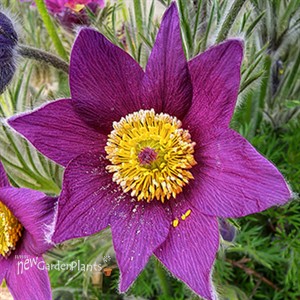
COMMON SCENES
ON THE PRAIRIES.
ONE whose life has been spent in a forest home can form little thought of the vastness and unique beauty of the prairies.
Leaving the last rude "dugout" behind, the traveler soon finds himself alone with the blue sky and gently rolling hills. Involuntarily he stops where the brown slopes spread out inimitably before him, and the cool breeze fans his first wonder into feelings of sublimity. Traveling over the crisp grass and sere autumn flowers, that Power which first planned this magnificence seems more than ever worthy of our wonder and admiration.
The sun, fast sinking through the distant haze, warns him to seek shelter; away to the east he catches the gleam of sunlight from a single window. On and on he travels, while the darkness gathers, stars appear in the sky, and a lamp in the window.
A hundred prairie chickens, startled by his coming, startle him, in turn, by the whir of their wings and the sound of their voices.
Now on the hilltop, he sees the lamp, and now in the valley, as he drives the sparrows from their resting place, he loses it again. The people of that cottage, though poor today, are very kind, and have seen better days. Happy children, but too happy "to see somebody again," cluster around and talk of prairie flowers and prairie-fires. As if by magic, the outer atmosphere seems lighted, and stepping to the door, the long living lines of flame are seen miles away leaping against the sky. The eye seems riveted to the scene, and so new and strange is the sight, with those of the day, that all seems but a pleasant dream.
But how shall we describe the prairies of spring? A careless observer might at first sight pronounce them monotonous; but here, as in the woodland, the works of nature are wrought with the finger of Infinity.
The last drifts of winter disappear, and the blanched hills reflect once more the vernal sun. It warms into life the dormant rootlets, and loads the morning air with obscuring fog, which seems filled with, the cries and plaintive cooing of ten thousand prairie chickens.
A week of mists and showers, a score of arrivals among the birds, and all the hills have assumed a look of life. The pasque flower blooms along the ridges, while grass and sedge so green lure the herds along the watercourses. Hazel bushes and the dwarfest of oaks put out their catkins on many a hillside, while patches of the little Antenneria (Indian tobacco) cover the lower slopes far as the eye can reach, and are watched in departing by a million blue-eyed violets.
A month later, all is starred with Golden ragwort and ablaze with phloxes, while the air is filled with the breath of the wild roses. Hills gently rising and swelling one into another, alternately catch the light shadows of clouds, and reflect "the beautiful light of the morning."
GEO. R. AVERY.